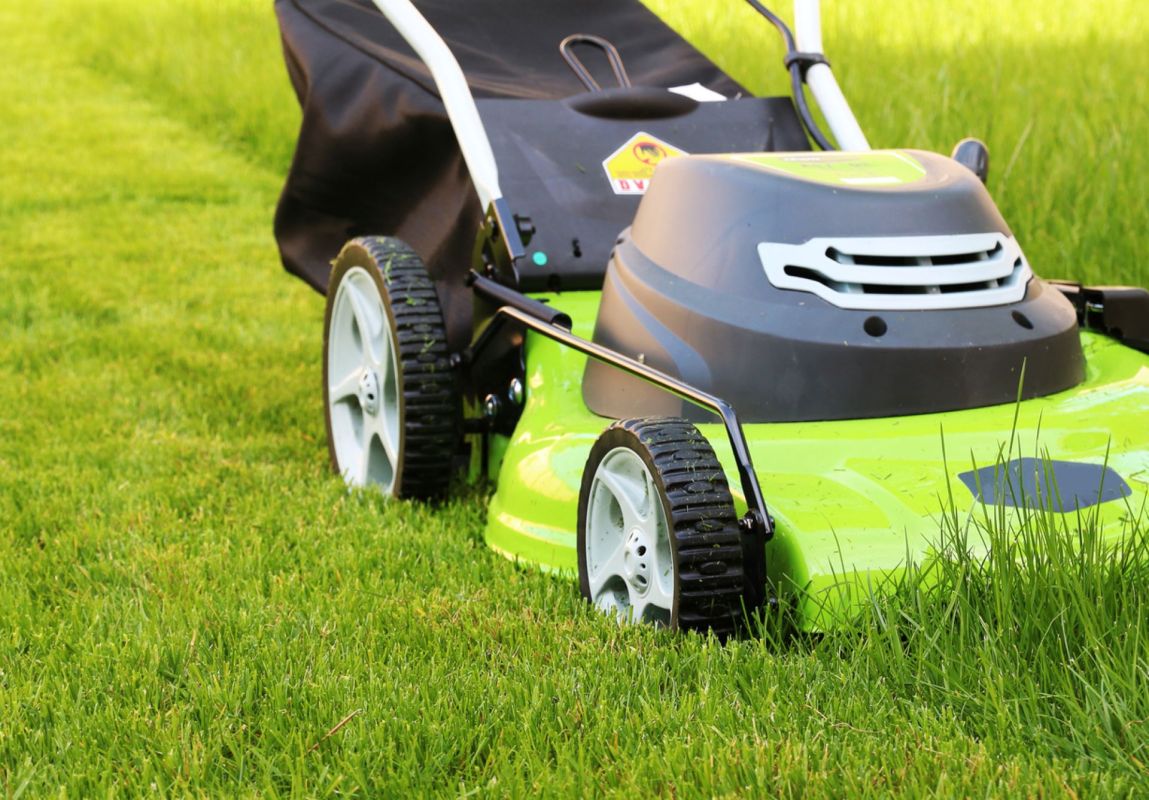Lawn care has changed dramatically in the past few years, as tools are becoming more advanced, soil health is better understood, and communities nationwide are banning gas-powered tools to protect our health.
The good news is that most of the changes we can make also save us massive amounts of cash. For example, you can net around $450 over 10 years by upgrading your leaf blower and lawnmower. In the same period, you could save $750 by changing how you get nutrient-rich plant food.
🗣️ If you're thinking about switching to electric yard tools, which of these factors would be most persuasive for you?
🔘 Better for the environment 🌎
🔘 Cheaper to fuel and maintain 💰
🔘 More enjoyable to use 💁
🔘 Produce better results 👏
🗳️ Click your choice to see results and speak your mind
Here are three simple steps to ensure that your plants look good, your lawn is fresh, and your bank account is in good shape.
Upgrade to electric lawn tools
The Home Depot has made it clear — the future of yardwork is electric.
The home improvement giant has bet big on electric yard tools, expecting that about 85% of lawn equipment sales in the U.S. and Canada will be electric within the next five years.
Towns across the U.S. have also signaled that they're all in on electric tools — with well over 100 deciding to prohibit or limit the use of gas-powered versions of lawn tools, like mowers and blowers, due to their noisiness and intense asthma-worsening air pollution.
Beyond bans and pollution, a fantastic reason to upgrade is the savings. For example, you can easily find electric lawnmowers and leaf blowers for under $300 combined.
And because the electric tools don't use gas (which is generally pricier for the same job than electricity) and require way less maintenance, you could save about $370 in total costs over 10 years with just one switch to an electric mower over a gas one.
If you go with battery-powered electric tools, your savings and impact could be even bigger. Most big-name brands that sell tools allow the same batteries to power different types of yard equipment.
For example, this $80 Greenworks 24V battery works for over 125 different Greenworks products that require a battery. So if you're swapping both your mower and your blower, or even just buying any other combination of those 125 tools to share a battery, you can double dip here to save an additional $80 (in this case) the next time you're in the market for replacements. That brings your total savings to roughly $450.
While the savings for each smaller tool may not demand action if you already have a working gas option, it's still worth planning a full-scale replacement of all gas-powered tools with electric ones. You'll continue to save a little more money each time you buy a battery-powered tool that can borrow an existing battery, while operating more cheaply and cleanly on electricity, like a weed whacker or hedge trimmer.
What's more, these tools don't require a trade-off in performance. As The Home Depot's head of sustainability, Ron Jarvis, told The Cool Down, "The torque and the power you get with these electric tools are just as good, maybe better, than the gas-powered [ones]."
Get a rain barrel for your garden
Buying a rain barrel is an easy way to save over a thousand gallons of free water a year, which you can then use to take care of your yard and garden.
There are tons of rain barrels available for under $150, but if you'd rather make one yourself, this video from Clemson University can guide you through it.
Several municipalities throughout the country also offer financial incentives for people trying to harvest rainwater, so check out your town's rules to avoid missing out on savings. For example, Sacramento is providing up to $150 back to people who buy rain barrels despite the fact that they cost, on average, about $140.
So, while this extra water can save you some cash on your water bills, others appreciate the low-effort nature of having a rain barrel.
Others prefer rain barrel irrigation for its environmental benefits, like protecting neighborhoods from flooding and easing burdens on sewers.
Add a compost bin
Whether you're a new gardener or a pro, it's clear that healthy soil is critical to your plants' health. While fertilizers are usually expensive, compost represents a free alternative for feeding your yard and garden.
Since we all produce food (or yard) waste that can be composted, you can use a compost tumbler, to supply home-grown compost to your soil that's full of nutrients.
Even unwanted, dead leaves and grass clippings can be thrown into a compost bin alongside your kitchen scraps. The EPA provides more specific guidance about what can and cannot be composted.
Outdoor composters don't have to be expensive — lower-end models are under $100. And, due to the price of fertilizer, they could save you nearly $75 a year, meaning you'd start profiting by year two.
Another huge plus: keeping all that food waste from rotting in landfills and overheating our planet. Since the average American trashes nearly 200 pounds of yard waste every single year, you can make a difference in stopping the clippings from producing planet-warming methane gas in a landfill.
Join our free newsletter for easy tips to save more, waste less, and help yourself while helping the planet.







